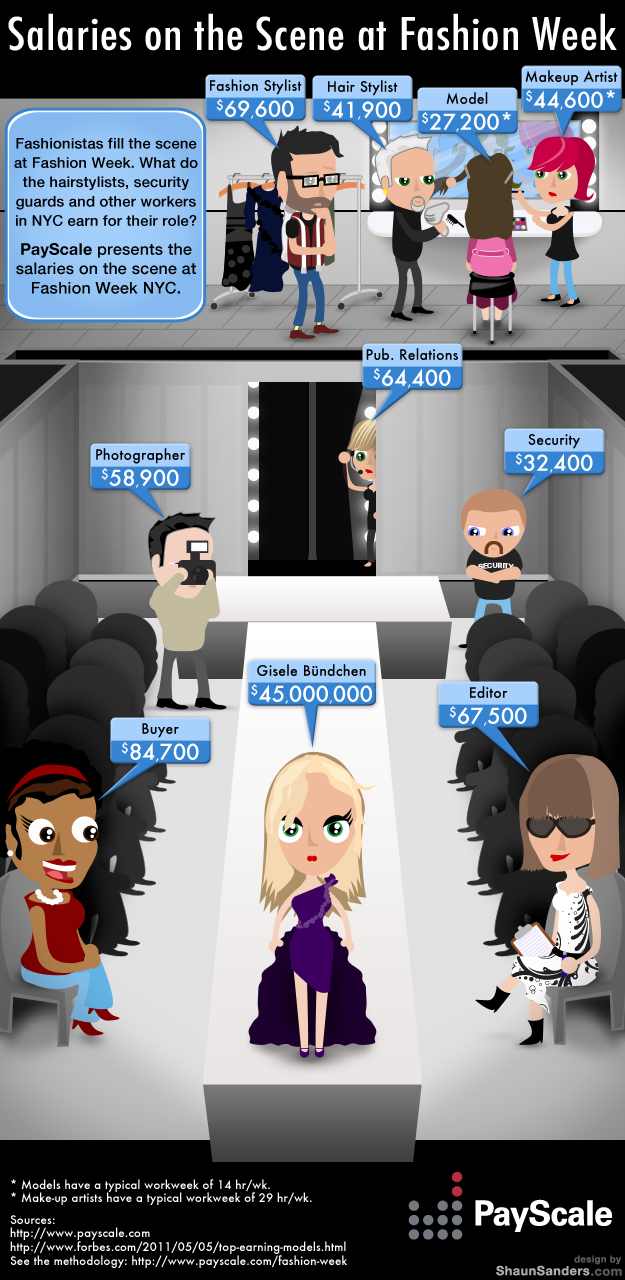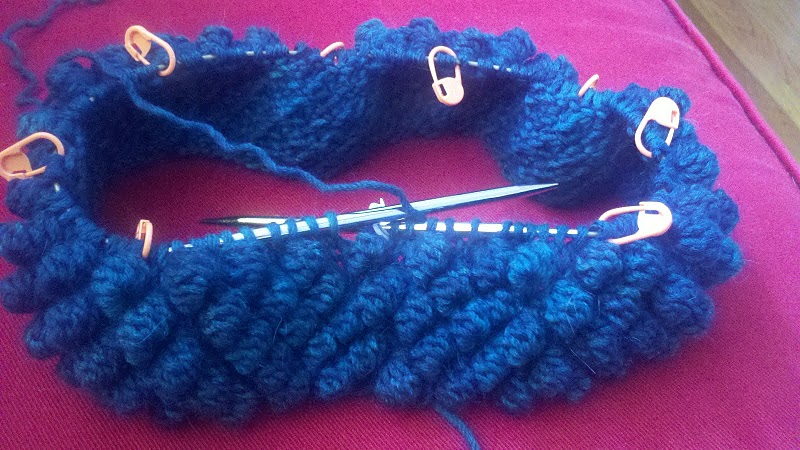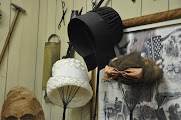A couple of weeks ago, I posted pics of some embroidered lace that I did for another designer. Since this blog is intended to detail my journey as I develop my business, I thought I should also include information about things that don't go so well for me along the way. I will refer to them as "learning experiences." I don't know if anyone out there actually reads my blog but I'd love to hear anyone else's thoughts on this experience. First of all, I've had this post in my draft folder for a few weeks as I debated whether I should post it or not. I finally decided that it's much more realistic to post both the good and the bad experiences since every business runs into glitches along the way.

For this lace project, I got the job via a referral from a former instructor of mine although he didn't know the designer personally. I made a number of mistakes on this job that I hope I will not repeat. I was excited to work for someone new, so I didn't know the appropriate price to charge for this project. I accepted the price the designer offered because I hoped to work with her again and/or use her as a reference. A week later, I found out that the appropriate price for the work would have been 2 1/2 times what she quoted me. This was disheartening since I'm just starting out, I'd just made one REALLY stupid mistake. I decided to honor my agreement with her because I felt it would be more professional than whining about the price. In hindsight, I'm pretty sure she knew that she was grossly underpaying me since she made numerous comments throughout the process, about how she wished she could find people who would work for her for free (with a professional level of skill of course).
I found an app for my phone that allows me track the number of hours worked per project. I can track the time spent on numerous projects even if I'm working on them during the same time period. So using my handy dandy time clock app, I calculated that I spent over 150 hours on this project! This doesn't include the amount of time spent sourcing the beads and sequins as well as the time spent on the development swatch, stretching the fabric on to my embroidery frame, or any of the extraneous prep work like stringing beads or cleanup (clipping threads, knotting loose ends, etc.). Since each embroidery project is different, it's difficult to know how many hours each project will take so I still think my willingness to accept her offer without negotiating was my own fault.

Of course, in order to do the job up to my standards, I had to do everything perfect, clean and as professionally as the "petits mains" of L'Atelier Lesage would. I take my job very seriously and always try to do the most professional job that I can.
In the small business fashion world, there is very little credit available. For the most part, any couture work would not be released to a client until they pay. After spending over 150 hours on this project over the space of about two weeks, (with numerous status meetings during which the designer requested more and more embellishment), I took the finished project to the designer, expecting to receive payment at that time. Did I mention that I paid for the beads, sequins, thread and tulle fabric out of my own pocket, with the understanding that the designer was going to reimburse me (I kept receipts of every single penny I spent). Since I don't have a lot of cash and thousands of beads and sequins can quickly add up to a couple of hundred dollars, I used my credit card to pay (really stupid mistake number 2). A month later, I was paying INTEREST for those materials but hadn't received a penny of reimbursement.
Upon delivering the finished work to the designer, she told me that the client for whom the outfit was being made, had not yet made her final payment (to this day, I have no idea who the end client was). The designer told me that when she received her final payment, she would pay me. She instructed me to send her an invoice. Feeling slightly nauseous, I had no choice but to leave and hope for the best. Since I had another couture project for a fashion show and only a week to complete it, I had to focus on my next project. It happened that my second couture project was followed by an out of state trip and other work that kept me busy for another two weeks. I worried that I'd never get paid and had all sorts of scenarios running through my head which included that she would use an excuse like she'd been in the hospital if I ever did hear back from her. After three weeks with no contact from the designer, I followed up with her. I, of course, wanted to know when she was going to pay me. She got a little snippy in her response and told me she didn't like the tone of my email and that it wasn't very professional. At that time, she said she still hadn't received her payment from the client, that it had been "lost" but that she expected another payment by the end of the week (I had emailed her on a Wednesday evening but she waited until Sunday afternoon to respond). By the following Friday and still no payment, I'd had enough. While I was stressing over what miniscule payment I was expecting, I had my husband and father-in-law (a lawyer) yelling at me for being so stupid as to hand over the work without demanding immediate payment. My stress level increased daily and I felt like the world's biggest idiot.
In order to take on this lace embroidery project, I had to hire another embroiderer to do work on my second couture project in order to complete it in time for the fashion show. I also had to get an intern to help me with sourcing, prep work and errand running while I sat for 20 hours a day doing embroidery on the lace. Both of these people had to be paid, and in fact were paid, as soon as they finished their work. This left me out of pocket for over $500 because of the lace project.
By the end of the week that the designer had assured me she would pay me, I'd begun researching both collection agencies and small claims court. It turns out that collections don't usually get involved until something is at least two months overdue. Small claims court was probably going to be a better option. I carefully crafted a final email (I used email so that I'd have clear documentation of every step in case this ended up in court) telling her that I'd completed her work, she'd had no complaints about my work and I'd been very patient but was not going to be taken advantage of. I gave her two days (which was then 30 days from the date I'd handed over the completed work) by which I demanded payment in full or I'd begin charging her interest. It was a very polite but firmly worded email. The next day, I got a nasty response from her telling me that she'd received her payment from the client and that she would work with that client again but would NEVER work with me or recommend me EVER! She went on to tell me that I was the most unprofessional person she'd ever worked with and that I'd done nothing but complain the entire time I'd worked with her. As I mentioned, I was juggling two couture projects at the same time, so I worked crazy hours on this lace project in order to complete it as quickly as possible so that I could get back to my other project. This left me exhausted with no more than two or three hours of sleep a night. She's right, I did complain about being exhausted and I was a little stressed over how long it took me to finish her work. I didn't think I was complaining a lot but I suppose this was a valuable lesson that I should never say anything in front of a client that doesn't directly relate to the job at hand.
By this point, I thought she was completely crazy so I forwarded the entire email trail (from the invoice submitted to her the same night that I handed over the finished work all the way through her final ranting nasty response), first to my husband and then to my friend Bob (the former instructor who'd referred her to me). Both of them were completely appalled at her nasty tone and both told me that while I'd been stupid to hand over the work without payment, I'd done nothing unprofessional or inappropriate in this situation. The way she became so angry over nothing, was really bizarre. It seemed clear to all of us that she'd never planned to pay me and was probably hoping that I'd just go away. Since she plans to blackball me, I made sure that my former school found out about her behavior so that other students or former students aren't taken advantage of like I was. She asked me to send her my invoice again (which clearly shows that she never looked at the first one I'd sent her a month previously). When I'd first taken this job, she mentioned another student who'd been doing work for her but who had left her in the lurch by moving out of state. I now wonder if the student really moved or had also had a bad experience and not been paid.
The final straw is that the client, never even knew that I existed. The client had approved the design based on a sample of embroidered lace that was created by a studio in France. Since the studio needed eight weeks to embroider the lace, I was hired to create a similar version of the lace in 1/4 the amount of time. The designer, however, thought the client would be impressed if she thought the lace was being embroidered in New York so she was told that the lace was being Fedexed back and forth to New York to be worked on. Not only did I get to work crazy hours for literally, slave wages, I got NO CREDIT for my work which I had intended to feature prominently in my portfolio!
Exactly 30 days after I completed the work I finally received the check in the mail. As one last attempt to screw with me, she'd made it out to my business name instead of directly to me. I took it to her bank but they refused to cash it unless I opened an account with them. I managed to get special permission from my own bank (since I don't have a separate tax ID# for the business name) but they also wouldn't cash it, instead insisting that I deposit it first and wait for the funds to clear.
While I'm proud of my work, I regret so many things about the way this project played out. I did however, gain some valuable lessons from this.
I have now created a business invoice. I know now how important it is to discuss payment terms up front, BEFORE I begin any work. Yes, I was raised that it's not polite to discuss money and therefore, was very uncomfortable with this part of the job. In the future, I will have clients SIGN my invoice/proposal, in ADVANCE of any work, to make sure that they understand my payment terms. As many friends and family members have since screamed at me, in no retail environment is a customer allowed to walk out with products for which they haven't paid or at least been pre-approved for credit.
I am about to open a separate bank account to allow me track my business expenses and receipts much easier. The bank account will also be set up under both my business and personal names so that I wont have to jump through hoops just to cash payments.
Most importantly, I will NEVER hand over my hard work until I've received payment!
I was supposed to receive photos of the finished garments since I handed over the work as embroidered pieces of lace, I never got to see the finished goods. Obviously once my relationship with the designer went south, I was never going to get pictures of the client wearing my work. I still have a lot to learn about properly photographing my work in the best light but at least I took lots of pictures of the work in progress, even if it is in pieces.
If only one person reads this blog and learns something from my mistakes, then maybe this was worth it. I'd love to hear from anyone who has tips on how to avoid similar stupid mistakes. When you're just starting out in business, you don't know what you don't know. I know I still have so much to learn but hopefully my next lesson wont be quite so painful.




















